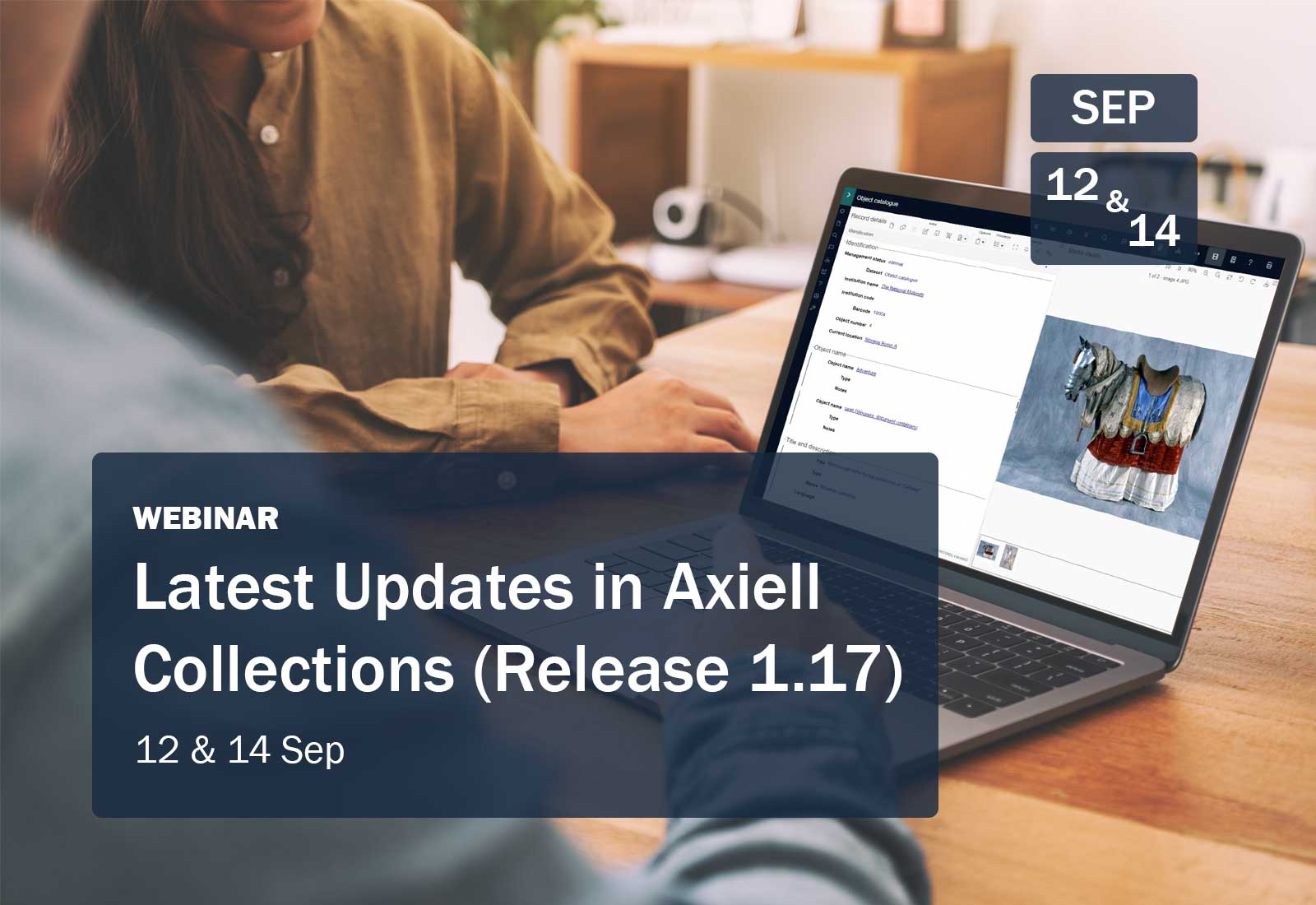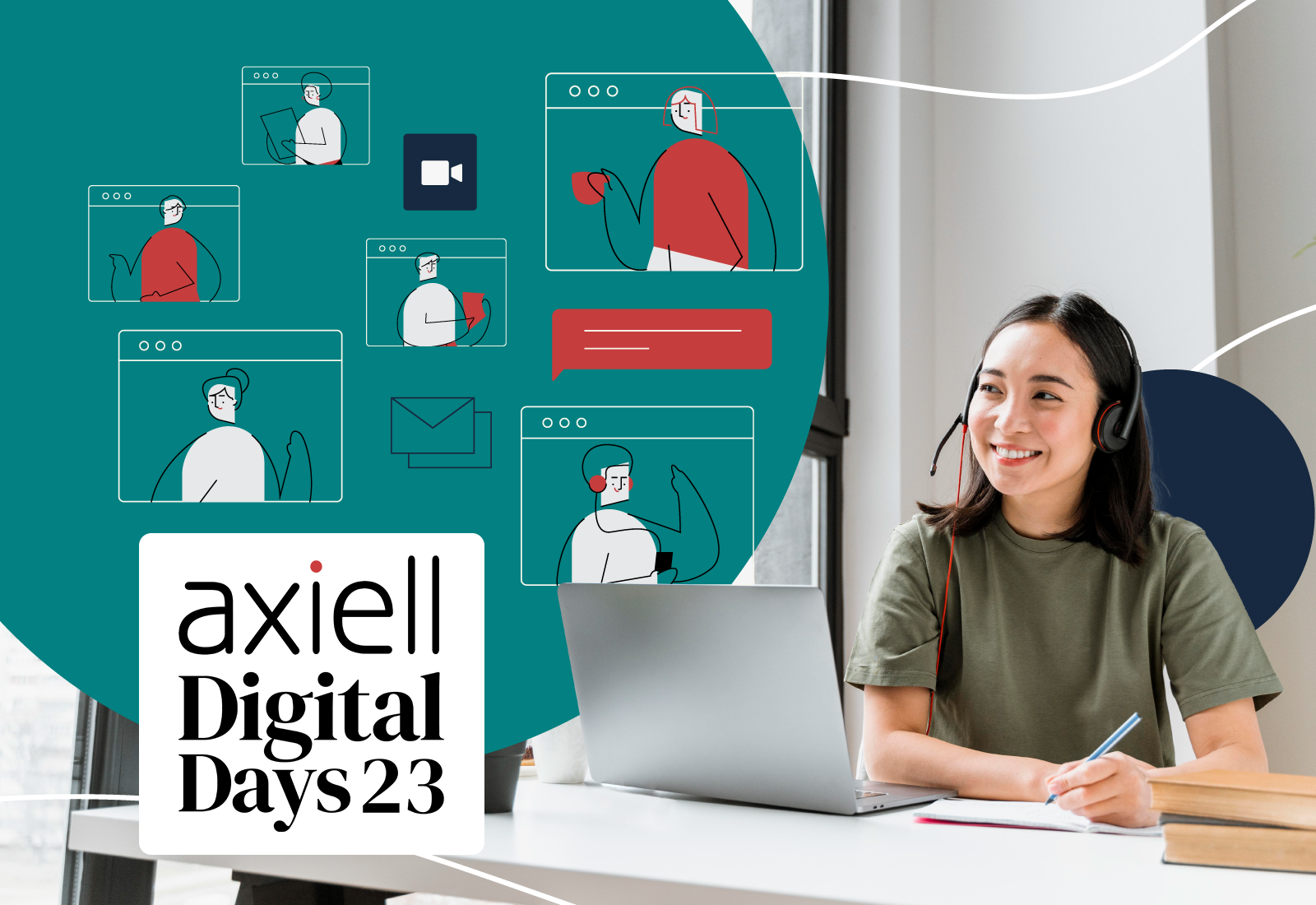Whether your organisation uses internal training resources or you partner with Axiell to provide education for your team, here are several strategies that trainers can implement to maximise learning for participants
 1. ASK PEOPLE WHAT THEY WANT TO KNOW
1. ASK PEOPLE WHAT THEY WANT TO KNOW
Consider distributing a class agenda with a short survey to attendees in advance of training. Find out what questions people are hoping to see addressed. Every scenario that trainers prepare for prior to class provides an opportunity to help someone use software to solve a problem.
While using standardised course outlines and exercises are integral to ensuring consistent instruction, all training has room for flexibility. Tailoring content to participants’ needs reinforces learning and makes knowledge more accessible. When attendees see concrete ways in which systems make work easier and faster, they are more likely to retain new information and appreciate the value of entering data into the database. Responsive training proactively resolves user concerns, empowers people to help themselves, and reduces impact on internal IT resources.
2. GROUP USERS WITH VARYING SKILL LEVELS TOGETHER
Staff have different levels of expertise with systems and technology. Pairing a quick learner with a person who may need some extra guidance typically creates a beneficial mentoring situation. This kind of collaborative environment generates less pressure on staff who might be more deliberate in their experimenting with the software. Quietly asking a neighbour which key to press can be less intimidating for some than stopping the flow of the whole class to check in with the trainer. In addition, partnering can help maintain momentum for the session and keep everyone on track.
 3. BE HANDS-ON
3. BE HANDS-ON
Training can be fun and interactive. Engage attendees by integrating frequent hands-on exercises that complement instruction. After explaining a concept, immediately introduce an opportunity for practice. We recommend that trainers identify specific practice scenarios for attendees, then step back and provide learners time to experiment. This is a great catalyst for asking each other questions and gaining more in-depth knowledge. Once the exercise is complete, bring the group back together for a brief recap of the key points about a feature or function. If a participant wants to provide the summary, even better!
4. ESTABLISH GROUND RULES
Staff time is valuable. When people spend an entire day away from their desk, it is important that this commitment yields benefits. To ensure an environment where staff can concentrate on the material presented, we suggest sending trainees a list of ground rules. Encourage attendees to avoid distraction by closing their email, requesting that all phones be muted and put away, and that they resist interruptions such as dropping in and out of class to take calls, deliveries, or participate in other meetings. If certain participants are very advanced, consider asking them not to jump ahead of the class. Keeping everyone on the same page will ensure the class runs more smoothly. Taking these steps to maintain a supportive learning environment will allow everyone to make the most of the training and retain their new skills.
5. REPEAT YOURSELF
 Learning new skills requires repetition. Lots of repetition. We recommend that instructors organise classes in a way that reinforces new concepts by repeating information and catering to a variety of learning styles. For auditory learners, providing explanations with frequent summaries is important. Experiential learners likely want to review topics at their workstations with a practice workbook or 1-page cheat-sheets. Visual learners may prefer to watch the trainer demonstrate a task. Delivering the same message through diverse methods achieves two goals: it highlights key points and ensures that everyone’s learning styles are accommodated. Post-training, consider distributing a summary of important points to attendees or hosting a brief mini review session in-person or online.
Learning new skills requires repetition. Lots of repetition. We recommend that instructors organise classes in a way that reinforces new concepts by repeating information and catering to a variety of learning styles. For auditory learners, providing explanations with frequent summaries is important. Experiential learners likely want to review topics at their workstations with a practice workbook or 1-page cheat-sheets. Visual learners may prefer to watch the trainer demonstrate a task. Delivering the same message through diverse methods achieves two goals: it highlights key points and ensures that everyone’s learning styles are accommodated. Post-training, consider distributing a summary of important points to attendees or hosting a brief mini review session in-person or online.
Have a look at our Training page for information about training in your region.




